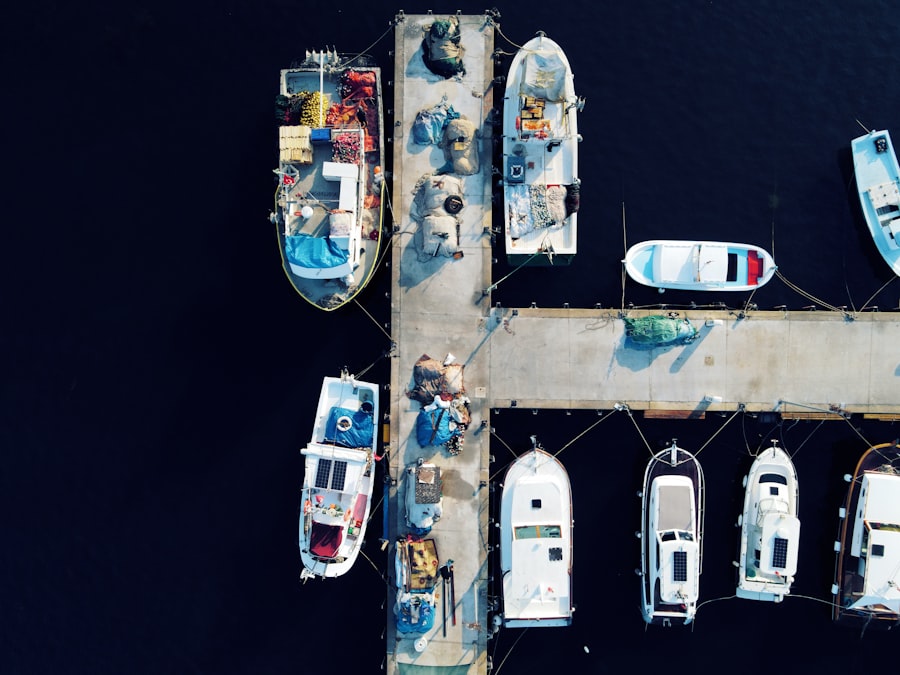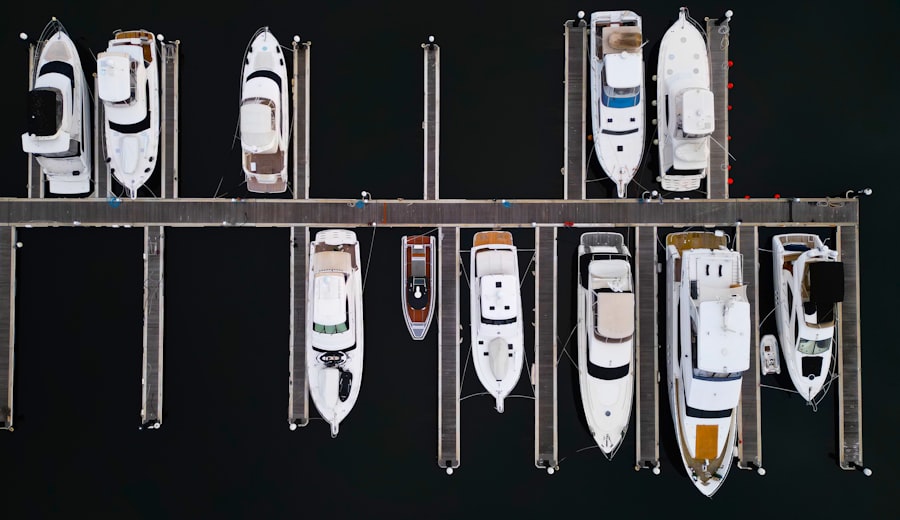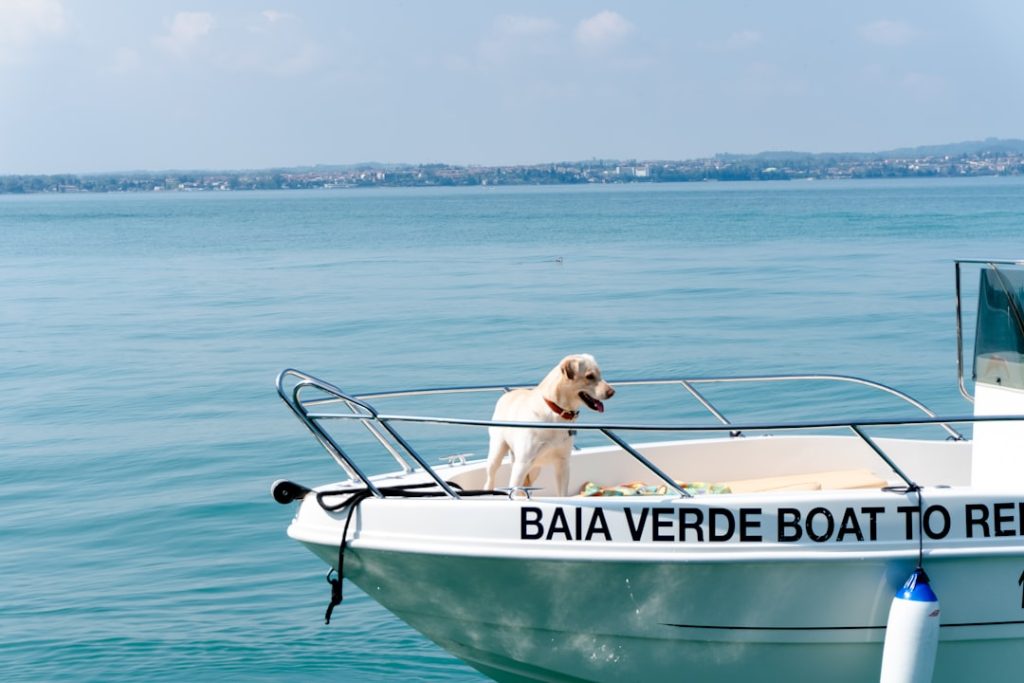The boat sales market has experienced a remarkable transformation in recent years, characterized by a significant uptick in consumer interest and purchasing activity. As of 2023, the industry is witnessing unprecedented growth, with sales figures reaching levels not seen in decades. According to the National Marine Manufacturers Association (NMMA), boat sales surged by over 30% in the past two years, driven by a combination of factors including increased disposable income, a growing interest in outdoor recreational activities, and a shift in consumer behavior towards experiences rather than material possessions.
This surge has not only revitalized the market but has also led to a resurgence of manufacturers and dealers who had previously faced challenges during economic downturns. The current landscape is marked by a diverse array of watercraft options available to consumers, ranging from luxury yachts to smaller fishing boats and personal watercraft. The market is increasingly segmented, catering to various demographics and preferences.
Younger buyers are entering the market, drawn by the allure of adventure and the desire for unique experiences on the water. This demographic shift is prompting manufacturers to innovate and adapt their offerings, ensuring that they meet the evolving needs of a more diverse customer base. The overall sentiment in the industry is one of optimism, with many stakeholders believing that the momentum will continue as more people seek to embrace life on the water.
Key Takeaways
- Boat sales are experiencing significant growth driven by increased consumer interest and lifestyle changes.
- Popular watercraft types include recreational boats, fishing boats, and personal watercraft.
- The COVID-19 pandemic accelerated boat sales as people sought safe outdoor activities.
- Technology advancements are enhancing boat features and sales processes.
- Sustainability concerns are prompting innovation and eco-friendly practices in the industry.
Factors Driving the Surge in Boat Sales
Several key factors are propelling the surge in boat sales, each contributing to a robust market environment. One of the most significant drivers is the increasing popularity of outdoor recreational activities. As people seek ways to escape the confines of urban living and crowded spaces, boating has emerged as an appealing option that allows for social distancing while still enjoying nature.
The allure of open waters, coupled with the freedom to explore new destinations, has made boating an attractive pastime for families and individuals alike. This trend has been particularly pronounced among millennials and Gen Z, who prioritize experiences over material goods and are eager to invest in activities that foster connection with nature and loved ones. Another critical factor is the rise in disposable income among consumers.
As economies recover from the impacts of the pandemic, many individuals find themselves with more financial flexibility. This newfound economic stability has led to increased spending on leisure activities, including boating. Additionally, financing options have become more accessible, allowing potential buyers to invest in watercraft without facing prohibitive upfront costs.
The availability of loans and attractive financing packages has made it easier for first-time buyers to enter the market, further fueling demand.
Popular Types of Watercraft in High Demand

The diversity of watercraft available on the market reflects the varied interests and preferences of consumers today. Among the most popular types are pontoon boats, which have gained immense popularity for their versatility and spaciousness. Ideal for family outings, fishing trips, or leisurely cruises, pontoon boats offer ample seating and stability on the water.
Their design allows for easy customization with features such as sun shades, grills, and entertainment systems, making them a favorite choice for social gatherings on lakes and rivers. In addition to pontoons, fishing boats have also seen a significant rise in demand. Anglers are increasingly investing in specialized fishing vessels equipped with advanced technology such as fish finders and GPS systems.
These boats cater to both casual fishermen and serious enthusiasts, providing them with the tools needed for successful outings. Furthermore, personal watercraft (PWCs) like jet skis have maintained their popularity due to their exhilarating speed and maneuverability. These compact vessels appeal to thrill-seekers looking for an adrenaline rush on the water while also being accessible for beginners.
Impact of the Pandemic on Boat Sales
| Year | Boat Sales (Units) | Year-over-Year Growth (%) | Average Price per Boat | Key Impact Factors |
|---|---|---|---|---|
| 2019 | 250,000 | 5% | 35,000 | Stable market conditions |
| 2020 | 320,000 | 28% | 37,000 | Increased demand due to social distancing and outdoor activities |
| 2021 | 310,000 | -3% | 38,500 | Supply chain disruptions, high demand persists |
| 2022 | 295,000 | -5% | 39,000 | Rising costs and inflation impact sales |
| 2023 | 280,000 | -5% | 40,000 | Market normalization, reduced pandemic impact |
The COVID-19 pandemic has had a profound impact on various industries, and the boat sales market is no exception. Initially, lockdowns and restrictions led to a temporary slowdown in sales as manufacturers faced supply chain disruptions and dealerships were forced to close their doors. However, as restrictions eased and people began to seek safe recreational activities, boat sales experienced an unexpected resurgence.
The pandemic highlighted the importance of outdoor spaces and activities that allow for social distancing, leading many individuals and families to consider boating as a viable option for leisure. Moreover, the pandemic prompted a shift in consumer priorities. With travel restrictions limiting international vacations and crowded tourist destinations becoming less appealing, many turned to boating as an alternative means of escape.
The ability to enjoy time on the water without the concerns associated with crowded environments made boating an attractive option for those seeking relaxation and adventure. This shift not only boosted sales but also fostered a renewed appreciation for nature and outdoor activities among a broader audience.
Opportunities and Challenges in the Booming Market
While the current boom in boat sales presents numerous opportunities for manufacturers and dealers, it also comes with its own set of challenges. One significant opportunity lies in expanding product offerings to cater to diverse consumer preferences. As more individuals enter the market, there is potential for innovation in design and technology that can enhance the boating experience.
Manufacturers can capitalize on this trend by developing eco-friendly models or incorporating smart technology that appeals to tech-savvy buyers. However, challenges persist in terms of supply chain management and production capacity. The rapid increase in demand has strained manufacturers who must balance production levels with consumer expectations.
Delays in obtaining materials or components can hinder production timelines, leading to longer wait times for customers eager to purchase their new vessels. Additionally, as competition intensifies within the industry, companies must differentiate themselves through quality, customer service, and unique offerings to maintain market share.
The Role of Technology in the Boat Sales Industry

Technology plays an increasingly vital role in shaping the boat sales industry, influencing everything from manufacturing processes to customer engagement strategies. One notable advancement is the integration of digital platforms that facilitate online sales and virtual showrooms. As consumers become more comfortable shopping online, dealerships are adapting by offering virtual tours of boats and interactive experiences that allow potential buyers to explore features without visiting a physical location.
This shift not only enhances convenience but also broadens the reach of dealerships beyond their local markets. Moreover, advancements in manufacturing technology have led to improved efficiency and quality control within production processes. Automation and robotics are being utilized to streamline assembly lines, resulting in faster turnaround times and reduced costs.
Additionally, innovations such as 3D printing are beginning to play a role in prototyping new designs or creating custom components for boats. These technological advancements not only enhance production capabilities but also allow manufacturers to respond more swiftly to changing consumer demands.
Sustainability and Environmental Concerns in Boat Sales
As awareness of environmental issues continues to grow, sustainability has become a critical consideration within the boat sales industry. Consumers are increasingly seeking eco-friendly options that minimize their impact on marine ecosystems while still providing enjoyable experiences on the water. Manufacturers are responding by developing electric-powered boats and hybrid models that reduce reliance on fossil fuels.
These innovations not only align with consumer preferences but also address regulatory pressures aimed at reducing emissions from recreational boating. Additionally, sustainable practices extend beyond product development; they encompass manufacturing processes as well. Companies are exploring ways to reduce waste during production and utilize recyclable materials in their boats’ construction.
Initiatives such as these resonate with environmentally conscious consumers who prioritize sustainability when making purchasing decisions. As a result, manufacturers that embrace eco-friendly practices may find themselves at a competitive advantage in an increasingly conscientious market.
Future Outlook for the Watercraft Market
Looking ahead, the future outlook for the watercraft market appears promising as trends indicate sustained interest in boating as a recreational activity. The ongoing evolution of consumer preferences suggests that manufacturers will need to remain agile and responsive to changing demands. Innovations in design, technology integration, and sustainability will likely shape product offerings moving forward.
Furthermore, as younger generations continue to enter the market, there is potential for new segments to emerge within the industry. Experiences such as boat-sharing services or rental platforms may gain traction as consumers seek flexible options without committing to ownership. This shift could lead to new business models that cater to diverse lifestyles while promoting access to boating experiences.
In conclusion, while challenges exist within this booming market—such as supply chain constraints and competition—opportunities abound for those willing to adapt and innovate. The interplay between technology, sustainability, and evolving consumer preferences will undoubtedly shape the future landscape of boat sales for years to come.


